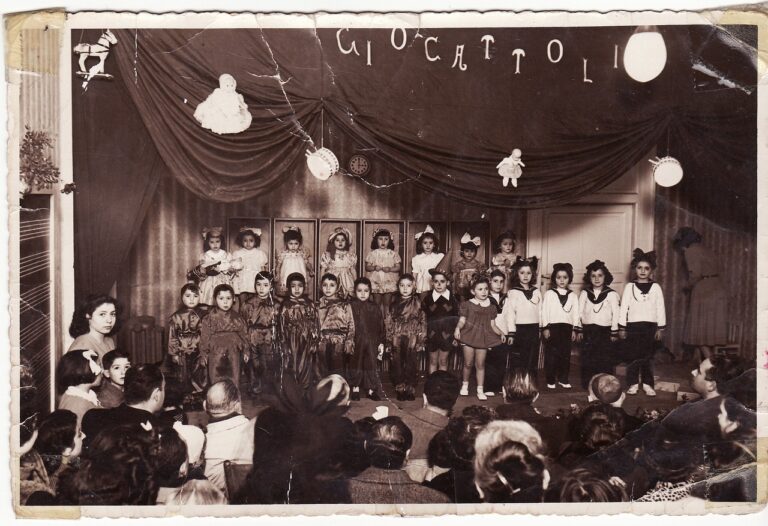Gamification: Enhancing Student Engagement
Gamification is a concept that leverages game-like elements to engage and motivate individuals in various tasks or activities. By incorporating aspects such as point systems, levels, rewards, and competition, gamification has the potential to transform mundane tasks into engaging and enjoyable experiences. This approach draws upon the inherent human tendencies towards challenge, achievement, and recognition, tapping into a deep-rooted drive for progress and accomplishment.
Through the use of gamification, organizations and institutions can effectively enhance user engagement, productivity, and learning outcomes. In educational settings, gamification can revolutionize the traditional learning experience by making it more interactive, immersive, and personalized. By infusing elements of fun and competition into the learning process, students are motivated to actively participate, acquire new knowledge, and develop essential skills in a dynamic and engaging manner.
Benefits of Implementing Gamification in Education
Engaging students in the learning process is a perennial challenge for educators. By integrating gamification into the classroom, teachers can capitalize on the natural inclination of students to play and compete. This approach not only makes learning fun and interactive but also fosters a sense of motivation and purpose among students.
Moreover, gamification in education offers a platform for personalized learning experiences. Through interactive games and challenges, teachers can tailor content and assessments to individual student needs and abilities. This customized approach enables students to progress at their own pace, enhancing their comprehension and retention of the material.
What is gamification in education?
Gamification in education is the integration of game elements and mechanics into the learning process to enhance student engagement and motivation.
How can gamification benefit education?
Gamification can benefit education by increasing student motivation, engagement, collaboration, and retention of information. It also provides immediate feedback and rewards for students, making learning more enjoyable and effective.
What are some examples of gamification in education?
Some examples of gamification in education include using badges, points, leaderboards, and levels to encourage student participation and progress. Educational games and simulations are also popular forms of gamification.
Can gamification be used in all subjects and grade levels?
Yes, gamification can be used in all subjects and grade levels. It can be tailored to fit the specific needs and learning objectives of each subject and grade level.
How can teachers implement gamification in their classrooms?
Teachers can implement gamification in their classrooms by incorporating game elements into their lesson plans, using educational games and apps, and providing rewards and incentives for student achievement. They can also collaborate with students to design and create their own gamified learning experiences.





